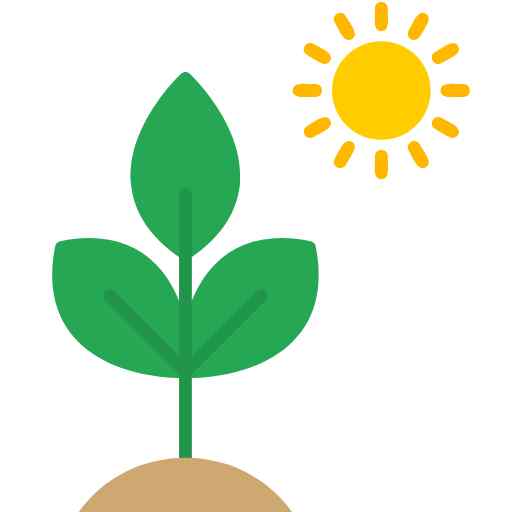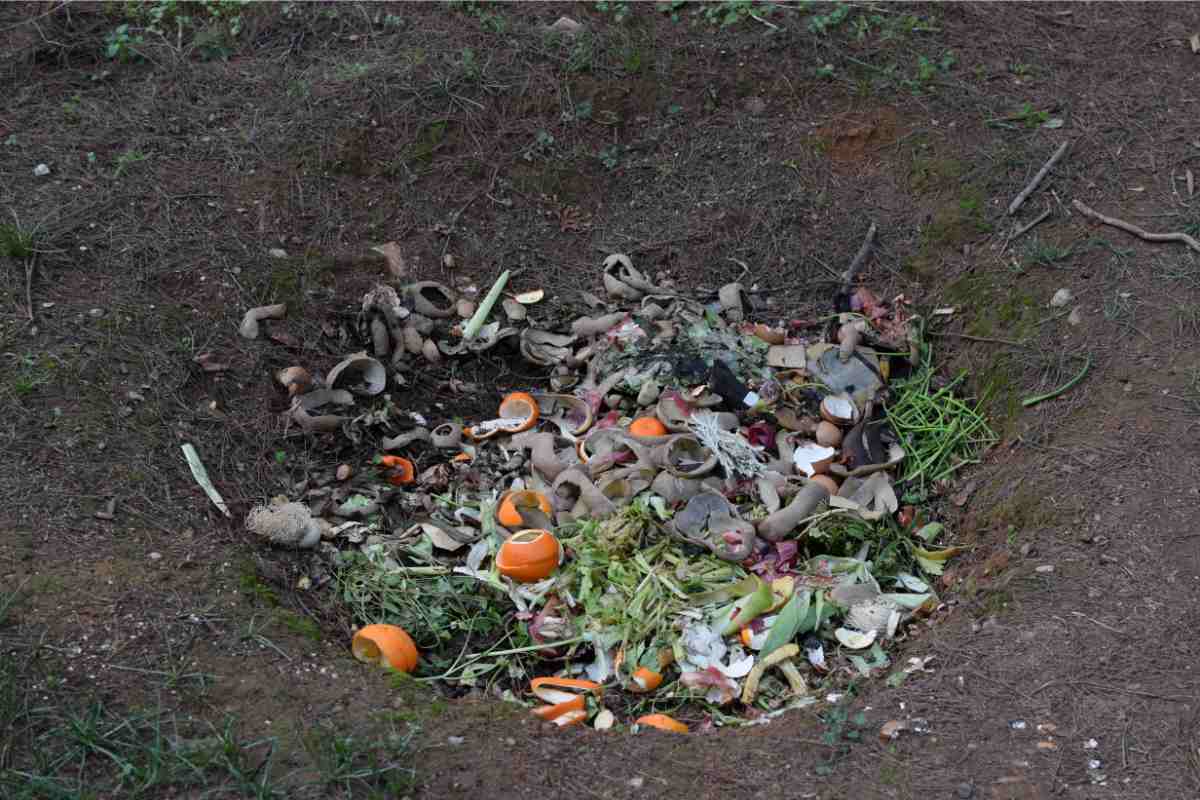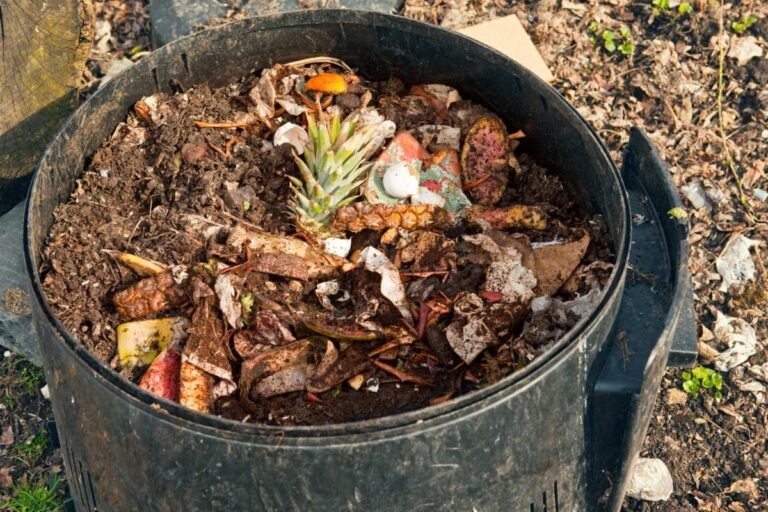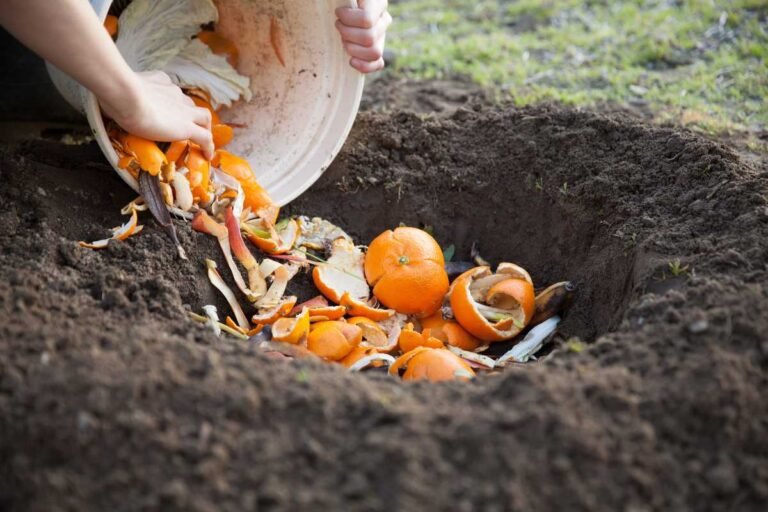How to Compost in Ground?
Composting is an essential component of sustainable living. It enables us to convert our organic waste into nutrient-rich soil, which can be used to nourish our plants and gardens. One popular and eco-friendly method of composting is to compost in ground. This method involves creating a compost pile directly on the ground, without the need for any containers or bins. In this blog post, we will explore the process of in ground composting, including how to create an in ground compost bin, the benefits of this method, and the steps to take to ensure successful composting.
Benefits of Composting in Ground
Low-cost
In ground composting requires no expensive equipment, making it a cost-effective alternative to traditional composting methods.
Space-saving
This method doesn’t require a large space, making it suitable for small gardens or yards.
Environmentally friendly
Composting in ground helps reduce greenhouse gas emissions by diverting organic waste from landfills.
Improved soil quality
As the compost decomposes, it enriches the soil with essential nutrients, promoting healthy plant growth.
Choosing the Right Location for Your In Ground Compost Bin
Before you begin composting in ground, it’s essential to choose an appropriate location for your compost pile. Here are some factors to consider:
Accessibility
Ensure the location is easily accessible for adding materials and turning the compost.
Sunlight
Choose a spot that receives partial sunlight, as too much direct sunlight may dry out the compost pile.
Drainage
Make sure the area has adequate drainage to prevent the compost pile from becoming too wet.
Space
The area should be large enough to accommodate the compost pile and allow for turning.
How to Create an In Ground Compost Bin:
To compost in ground, you will need to create a simple compost bin directly on the soil. Follow these steps to build your in ground compost bin:
Mark the area
Outline a square or rectangular area, approximately 3 feet by 3 feet, to serve as your compost pile.
Remove the sod
Using a shovel, remove the grass and sod within the marked area, exposing the bare soil.
Aerate the soil
Loosen the soil in the area to promote air circulation and drainage.
Create a barrier: Optional
To help contain the compost materials, you can create a simple barrier using wooden planks, bricks, or other materials. However, this is not necessary for successful in ground composting.
Steps to Compost in Ground
Composting in ground is an efficient, eco-friendly, and cost-effective method for recycling organic waste and enriching your garden’s soil. By following the steps outlined in rest of blog post and addressing any issues that arise, you can create a thriving in ground compost bin that will provide valuable nutrients for your plants and contribute to a more sustainable lifestyle.
Now that your in ground compost bin is ready, follow these steps to begin composting:
Add organic materials
Start by adding a layer of brown materials (e.g., dried leaves, straw, or small branches) to the bottom of your compost pile. Then, add a layer of green materials (e.g., kitchen scraps, grass clippings, or coffee grounds).
Maintain a balanced mix
To ensure efficient decomposition, maintain a ratio of about three parts brown materials to one part green materials.
Turn the pile regularly
Using a pitchfork or shovel, turn the compost materials at least once every two weeks to promote aeration and speed up decomposition.
Monitor moisture levels
The compost pile ought to be damp but not drenched. Add water as needed to maintain moisture levels, or cover the pile with a tarp during heavy rain to prevent excess moisture.
Check the temperature
A healthy compost pile should generate heat as the materials break down. If the pile isn’t heating up, try turning it more frequently or adding more green materials.
Know when it’s ready
The compost is ready to use when it has a dark, crumbly texture and an earthy smell. This process may take anywhere from two months to a year, depending on factors like temperature, moisture, and the materials used.
Common Issues and Their Solutions
As you compost in ground, you may encounter some issues. Following are some typical issues and their fixes:
Foul odor
A strong, unpleasant smell may indicate that the compost pile is too wet or has too many green materials. Turn the pile to increase aeration and add more brown materials to balance the ratio.
Slow decomposition
If the compost pile isn’t breaking down quickly enough, try turning it more frequently, adding more green materials, or increasing the pile’s size.
Attracting pests
To minimize the risk of attracting rodents and other pests, avoid adding meat, dairy, and cooked food scraps to your in ground compost bin. Covering the pile with a layer of brown materials can also help deter unwanted visitors.
FAQs: How to Compost in Ground?
What is Composting in Ground?
Composting in ground is a method of creating compost directly on the soil, without the need for containers or bins. This cost-effective and environmentally friendly approach involves layering organic materials, such as kitchen scraps and yard waste, in a designated area on the ground.
What are the Benefits of Composting in Ground?
Some benefits of composting in ground include:
- Low cost, as it requires no expensive equipment
- Space-saving, making it suitable for small gardens or yards
- Eco-friendly because it keeps organic waste out of landfills
- Improved soil quality, as the compost enriches the soil with nutrients
How do I Choose the Right Location for My in Ground Compost Bin?
When selecting a location for your in ground compost bin, consider the following factors:
- Accessibility for adding materials and turning the compost
- Partial sunlight, to prevent the compost pile from drying out
- Adequate drainage, to avoid excess moisture
- Sufficient space for the compost pile and turning
How can I Create an In Ground Compost Bin?
To create an in ground compost bin, follow these steps:
- Mark a 3×3 feet area on the ground
- Remove the sod and expose the bare soil
- Aerate the soil to promote air circulation and drainage
- Optionally, create a barrier around the area using wooden planks, bricks, or other materials
What Materials Should I Add to my In Ground Compost Bin?
For efficient decomposition, add a mix of brown materials (e.g., dried leaves, straw, or small branches) and green materials (e.g., kitchen scraps, grass clippings, or coffee grounds). Maintain a ratio of about three parts brown materials to one part green materials.
How Often Should I Turn My Compost Pile?
Turn your compost pile at least once every two weeks to promote aeration and speed up decomposition.
When will My Compost be Ready to Use?
Your compost is ready when it has a dark, crumbly texture and an earthy smell. The decomposition process may take anywhere from two months to a year, depending on factors like temperature, moisture, and the materials used.
How can I Prevent Foul Odors from My Compost Pile?
To prevent foul odors, ensure proper aeration by turning the pile regularly and maintain a balanced mix of brown and green materials. If the smell persists, add more brown materials to the pile.
How can I Deter Pests from My In Ground Compost Bin?
To minimize the risk of attracting pests, avoid adding meat, dairy, and cooked food scraps to your compost pile. Covering the pile with a layer of brown materials can also help deter unwanted visitors.
What Should I do if My Compost Pile is not Decomposing Quickly Enough?
If your compost pile is decomposing slowly, try turning it more frequently, adding more green materials, or increasing the pile’s size to speed up the process.



